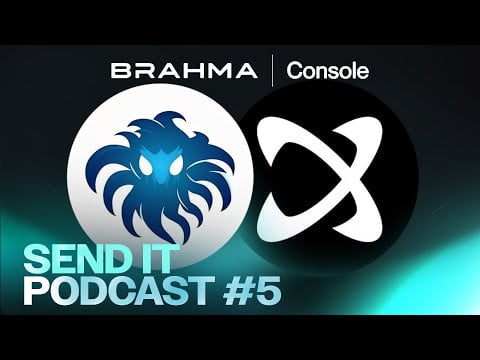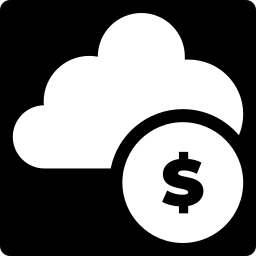Podcast Summary
The podcast features the team behind Brahma, a DeFi platform that aims to improve user experience and interaction with complex protocols. The team discusses their product, Console, a self-custodial solution that enhances on-chain execution. They also delve into their vision for the future of DeFi, emphasizing the need for professional tools for on-chain execution and interaction.
Key Takeaways
Origins and Goals of Brahma
- Founding Team: Brahma was founded by Kakul, Alejandro, and Bby, who have extensive experience in various industries, including crypto.
- Initial Focus: The team initially started as a prop trading operation on centralized exchanges before transitioning to focus on DeFi.
- Primary Goal: Brahma was started with the goal of improving the user experience and UX in DeFi, particularly in interacting with complex protocols like Uniswap V3.
Console: A Solution for On-Chain Execution
- Development: The team developed Console, a self-custodial solution that aims to improve the on-chain execution experience by providing more control, reliability, and security for users.
- Functionality: Console is not a wallet but an infrastructure that enhances the existing infrastructure and makes on-chain transactions more repeatable and controllable.
- Target Audience: Console caters to power users who are already active in DeFi, multiplayer teams such as trading funds and institutions, and protocols and DAOs.
Console’s User Interface and Features
- User Interface: The console interface allows users to easily manage their saves and create new ones, with the option to import existing saves or create new ones.
- Transaction Optimization: The console can save on gas fees, especially for complex transactions with multiple steps, as batching transactions together reduces costs. It also optimizes transaction speed by selecting the most suitable RPC for each transaction type.
- Automation: Automation in console allows for the execution of transactions based on changes in asset prices or pool APYs.
Challenges and Future Plans
- Challenges: The team faced challenges such as the lack of users to test on during the market and the need to define the category of the company’s product.
- Future Plans: The team plans to make it easy for users to push and pull funds from exchanges and improve the process between off-chain and on-chain transactions. They also plan to add more chains to the app, such as Optimism, and enable in-app bridging on Console.
Revenue Model and Funding
- Revenue Model: The revenue model for Brahma is based on transaction volume fees and custom pricing for teams and individuals.
- Funding: Brahma has raised funding from investors such as Framework, Lead Maven, Dialectic, and Lightspeed.
Sentiment Analysis
- Bullish: The team behind Brahma and Console is bullish about the future of DeFi. They envision the future of DeFi to be much larger, with more users and capital flowing into the space, and they want Console and Brahma to be the layer through which capital flows to all protocols.
- Neutral: While the team is optimistic about the future of DeFi, they also acknowledge the challenges they face, such as the lack of users to test on during the market and the need to define the category of their product. This balanced view suggests a neutral sentiment.












